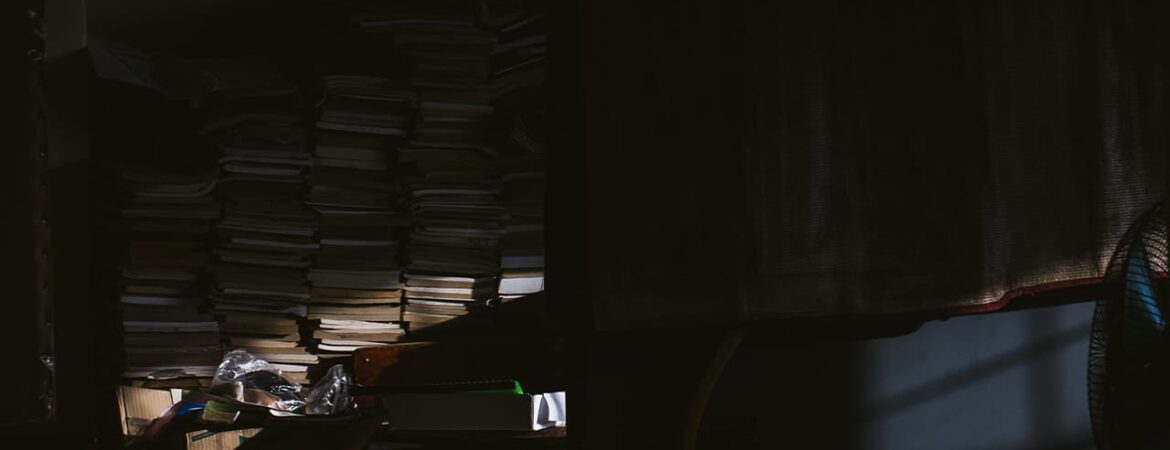When you start accumulating a lot of digital files, think about how you want to organize them. Topically? Chronologically? According to your chapters or sections of what you’re writing? This may work well for some materials, but be inconvenient for others. One standard way to organize is by source or archive.
Many archival collections are not processed as much as they used to be, so you may come across letters with the wrong chronological order in a folder or perhaps even a slightly inaccurate folder name for what’s inside it. You can “process” the collection yourself with your digital files. Ruth Rappaport’s diary, which she wrote in Israel in 1948-1949, was written on sheets of paper. They were completely out of order in several folders and were mistakenly labeled as correspondence.
Organizing your files by collection and archive is great for making sure your citations are accurate, but it can be impossible to remember exactly what is in what when you are dealing with a huge amount of material. You can create a spreadsheet to keep track of your files or an important group of documents. Ruth Rappaport’s collections included hundreds of letters to and from her over the decades, many of which contained great quotes.
There is a lot of software that can help you organize and label files. Zotero, an open-source tool, is popular among academics and is great for saving and tracking citations of academic publications, but it is not well suited for archival materials. One advantage is that you can log in from any device and collaborate with other authors. Tropy, developed by the same group behind Zotero, focuses more on images and documents and has a great system for organizing and tagging them, but you need to download it to your computer and use it only there. You can also export your digital documents and photos to online exhibition software (remember, you can’t do this unless you have permission from the archive). Scrivener, a popular writing software, also allows you to upload documents, but it is not free. Keep in mind that setting up any of these systems requires a lot of work. And using your own file folders, spreadsheets, and text documents may be perfectly fine. It’s worth investing in optical character recognition (OCR) using Adobe Acrobat or other tools. It can scan your digitized printed documents and convert the characters into searchable text. However, older printed documents that may be faded or have uneven printing can come out quite distorted.
